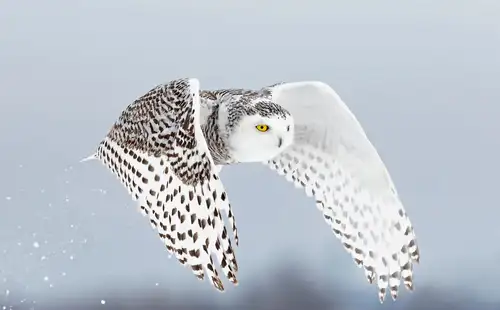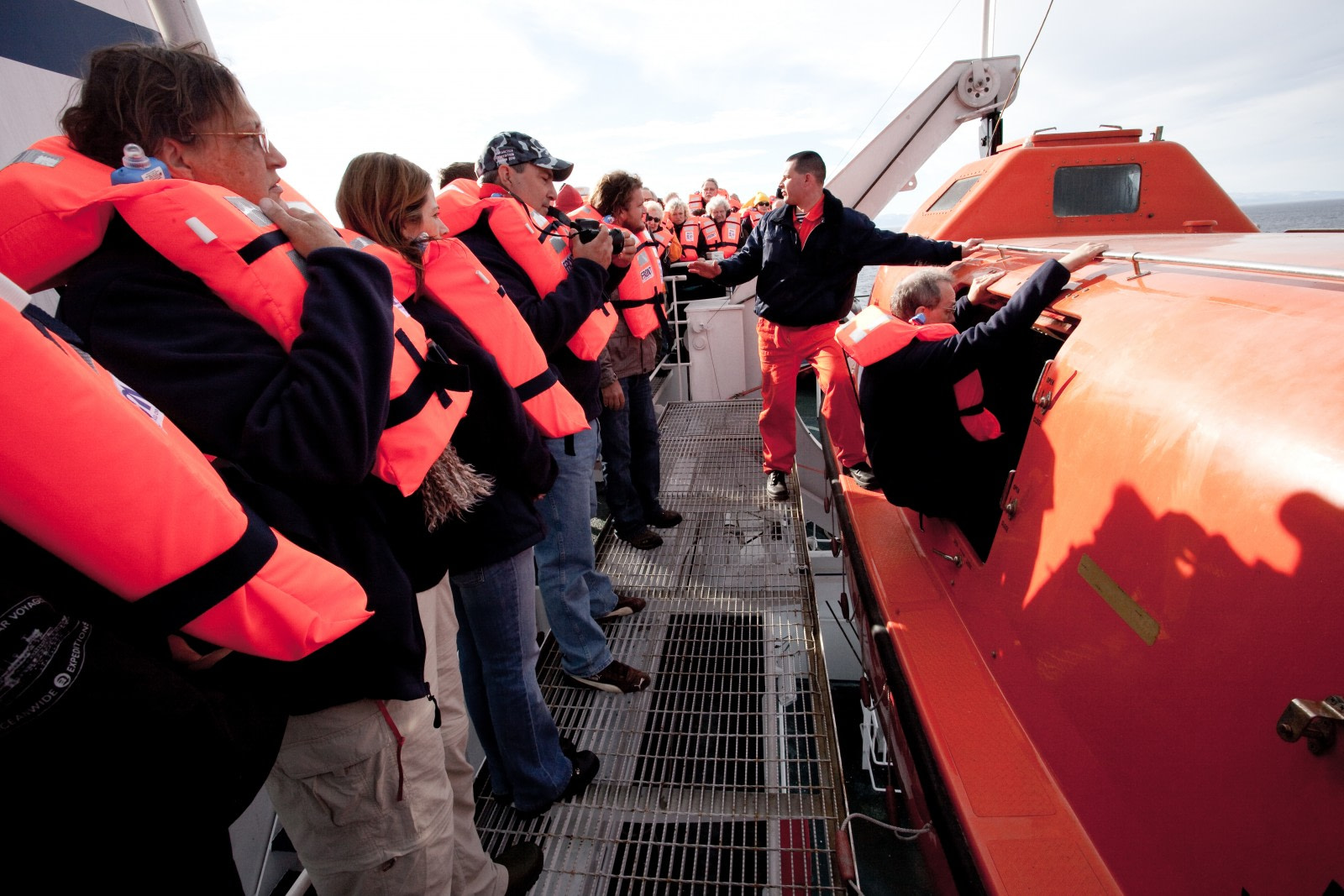Feeling stuck in the monotony of everyday life? Looking for a change of scenery? Look no further! Most of us spend our lives on solid ground, despite our bodies being composed of 71.5% water. You'd think we'd have a natural inclination to be in or on the water! So why not try something different? Consider an Arctic holiday adventure on the same waters that famous explorers once navigated!
Preparation
When you start researching online, you'll find a variety of boat travel options. Which one suits you best? Are you more interested in cultural or natural history, or perhaps both? Consider how much time and resources you have. Do you prefer traveling with a large group or a smaller one? If you've already explored temperate and tropical regions, it might be time to venture into the polar areas. Here, you'll find fewer large cruise ships and more expedition-style vessels, many of which are ice-strengthened or ice-breakers.
Shop around for cruises that catch your interest. Pay attention to the highlights of each location and the best times to visit. Check out cabin options and read some reviews to make informed decisions. Carefully consider the Arctic gear you'll need to stay comfortable and document your "trip of a lifetime."
Logistics
Once you've flown to your starting point, collected your luggage, perhaps taken a local tour, and spent the night at a nearby hotel, you're ready to board the ship. Your excitement builds as you anticipate the voyage ahead! In the early afternoon, you'll travel as a group to the dock (your luggage will already be in your cabin). As you walk up the gangway, you'll be greeted by hotel and expedition staff who will take your passport (it will be kept by the purser and returned upon departure) and escort you to your cabin.
Ship Safety
After confirming that your luggage has arrived in your cabin and taking in the clean, scenic space, you're free to explore the ship. While the bridge will be closed for security while in port, the rest of the ship, except for crew quarters on the lower decks, will be open for you to explore. Finding your way around is easy, though getting back to your cabin can be an adventure.
Before the ship can set sail, all guests must attend a mandatory safety briefing. This meeting covers the "Life Boat Drill," including how to don life jackets and the procedure for meeting at the Muster Station. Once this is completed, it's time to set sail and capture photos of the departure—always an exciting moment for everyone!
After a long day, it's nice to meet new people from around the world (perhaps from 16 different countries) and enjoy a delicious dinner with beautiful scenery passing by the dining room windows. It's been a long day, so you probably won't stay up too late. Tomorrow is a big day of discovery!
First Morning
Feeling a bit jet-lagged, you make your way to the bar for your favorite morning beverage. You'll find a variety of options at the potpourri station. As you sip your drink, you take in the magnificent view of mountains and glaciers. It's even more grandiose than you imagined!
Seabirds whirl around the ship, heading to the cliffs where thousands of their kind perch on tiny ledges, calling out cacophonously. You're the only one up this early, and you can't believe your eyes when you see a scythe-shaped fin surface on a long, brown-grey back in the water nearby. You consult a chart of baleen whales and determine that the size, blow shape, and falcated dorsal fin likely indicate a minke whale. Great job on your first solo wildlife sighting!
It's time for breakfast, and on your way, you read the "Daily Adventure Program": 0900 hours - Zodiac Briefing followed by boot hand-out. 1000 hours - Wildlife Viewing Briefing. Both are mandatory. It seems like there are a lot of meetings, but these are necessary if you want to go ashore and see all the exciting things you came for. Plus, they'll be entertaining.
With people from so many different places, many of whom have never traveled this way before, there will be lots of curious questions and comments. Those who have done expedition travel before may help out or verify the itinerary with what their travel agent told them. Usually, the leader will introduce their staff, who will share some information about themselves, and you can find their bios posted as well.
Discovery
Depending on the focus of the voyage (some are charters with specific goals like polar bear viewing) or the weather, ice conditions, and ship schedule, you'll either cruise on the ship, take a zodiac cruise, or make a landing to explore the local natural and cultural history. Leaders will rotate the zodiac departures in deck or group rotations and offer different distances and rates of shore hikes to accommodate varying abilities.
Hiking groups must stay close to their rifle and flare gun-carrying staff for safety in bear country. Guidance on "closed areas," such as historic sites, fragile zones, and wildlife breeding areas, is also important. It's always fascinating to listen to passionate naturalists talk about the unique aspects of these special landscapes. Always go ashore, attend lectures, and participate in briefings to better appreciate the amazing places you'll fall in love with.
Be open to making new friends, as you never know what new perspectives and experiences might change your life! Enjoy each moment, and you too will become addicted to this special way of learning about the polar regions on Arctic cruises and Antarctic expeditions.
Blog


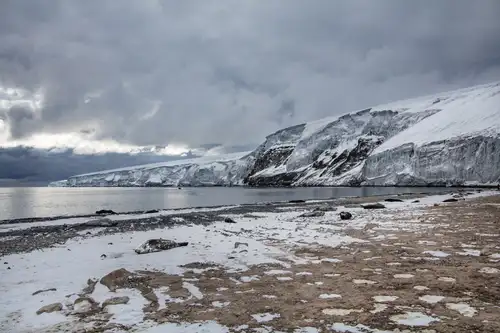
An igneous paradise: Franklin Island
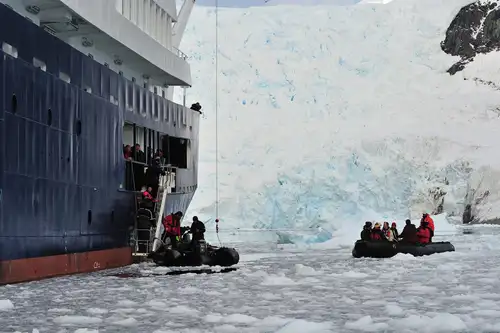
Seven Sublime Antarctic Bays
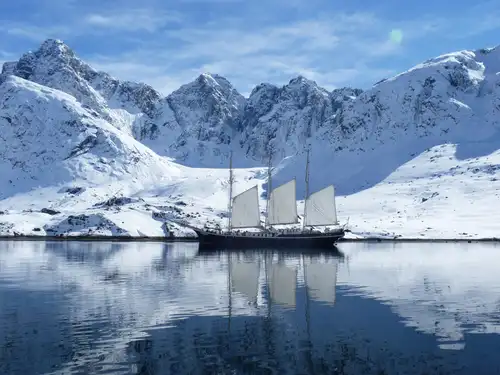
Why You Should Visit Greenland: 11 Things to See, Do, and Explore
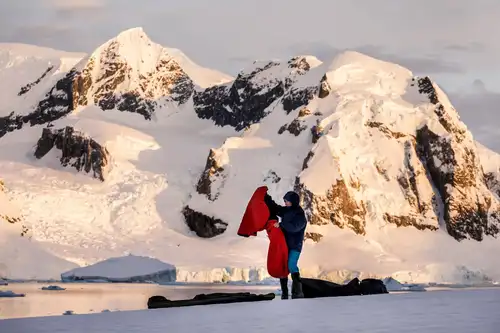
Camping in Antarctica: a True Expedition Experience
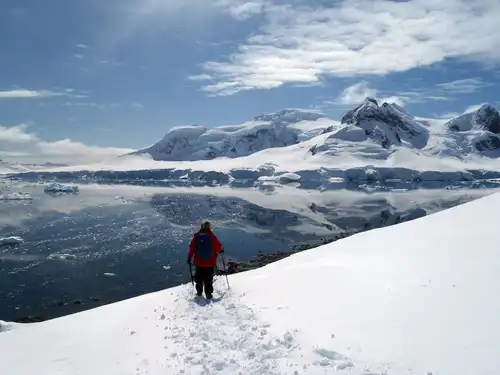
Explore Antarctica Without Leaving Your Couch

Adding Antarctica to Your Seven-Continents Bucket List

Two for the Snow: Polar Cruises for Couples
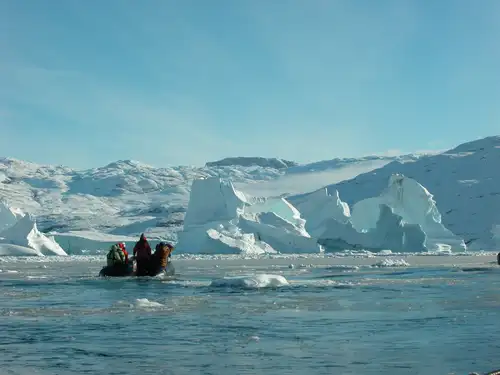
Discover the Scoresby Sund Fjord System in East Greenland
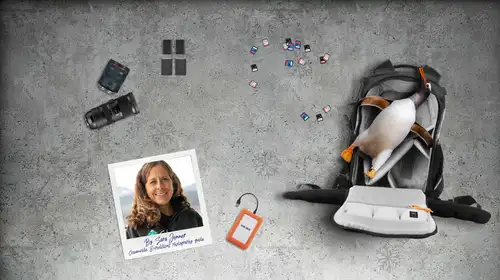
Top 10 Tips for Packing Your Polar Photography Equipment

The First Overwintering Hut in Antarctica
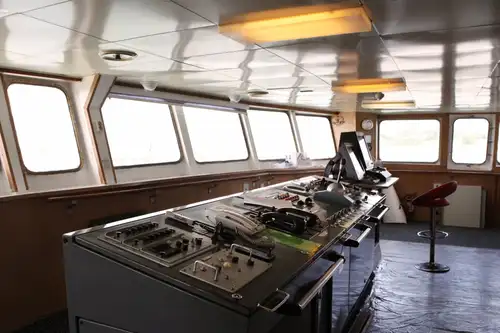
Navigating by touch through the sea ice

Shackleton’s Push to the South Pole
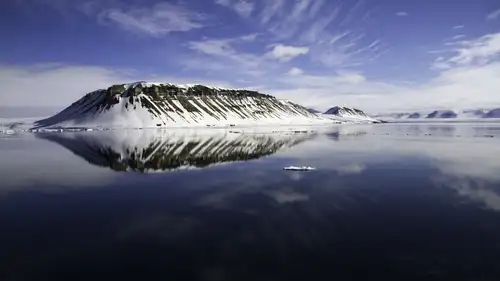
The Ice-Jewelled Geology of Spitsbergen
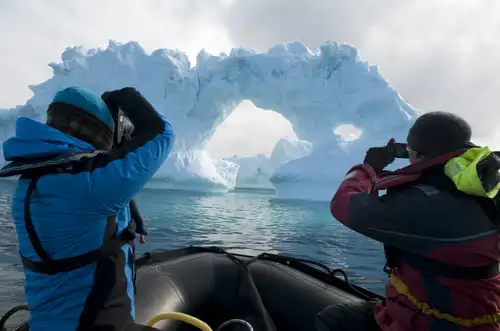
Under the Greenland Ice Sheet
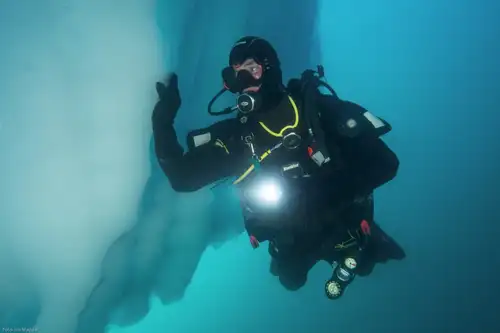
Polar Diving: A Supreme Underwater Adventure
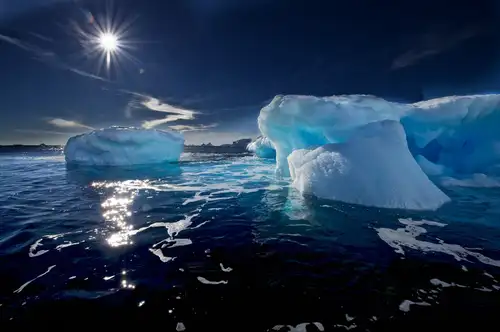
Everything you need to know about Antarctic icebergs
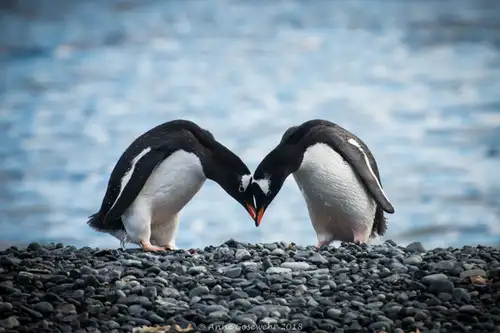
Polar Amore: 14 Wildlife Pics to Warm up Your Valentine’s Day
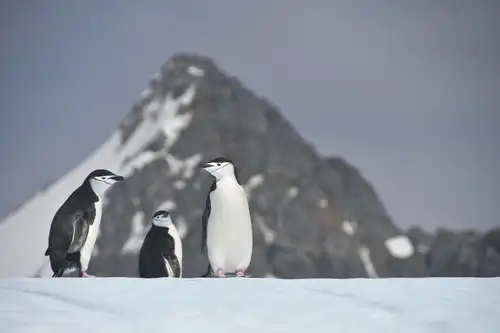
11 South Orkney Animals: Whales, Seabirds, and Penguins Aplenty
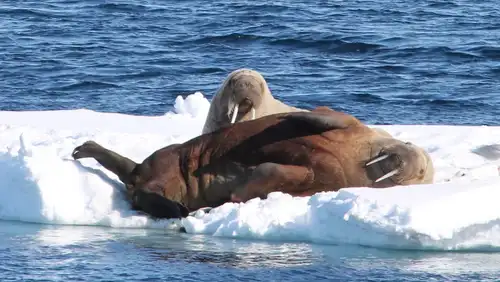
Svalbard’s 12 Most Iconic Animals
